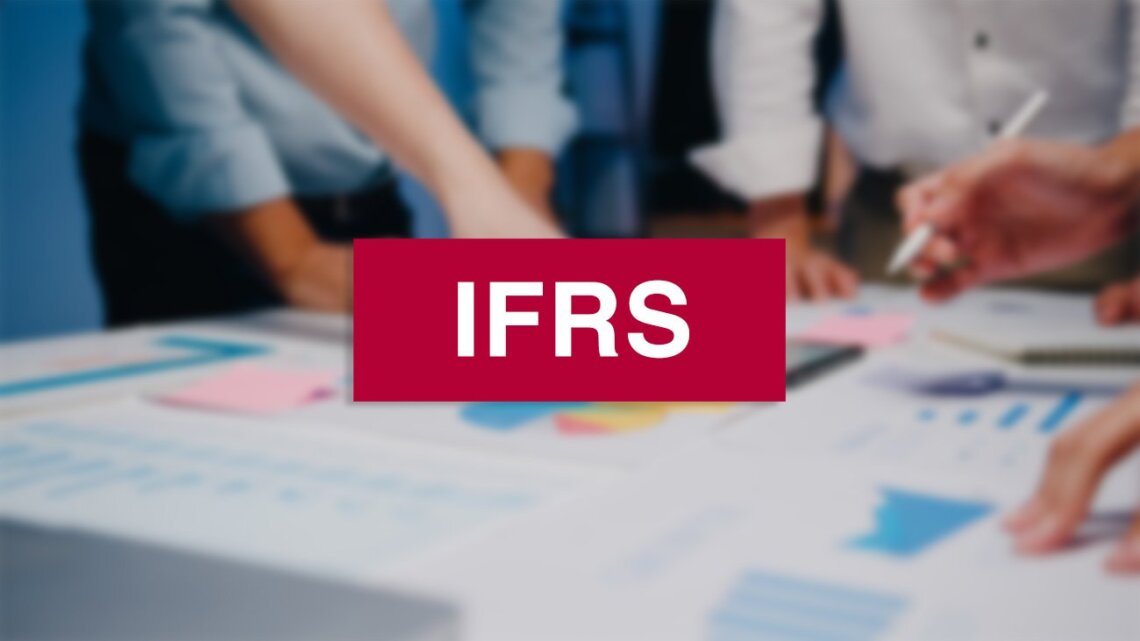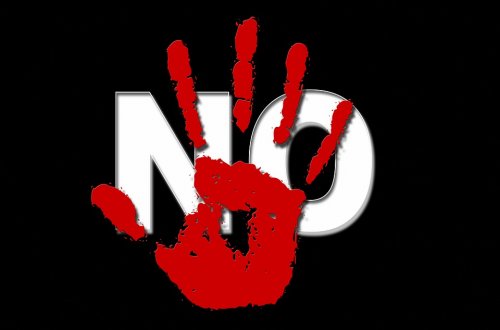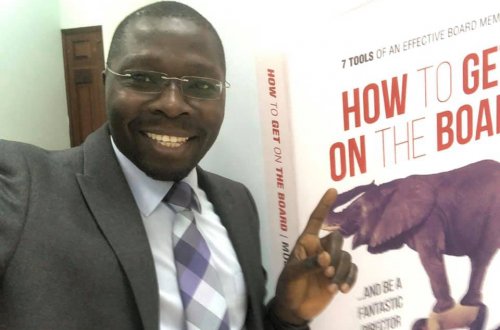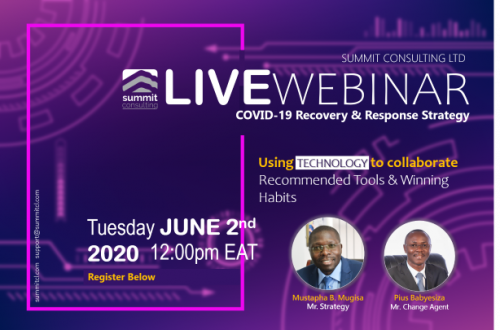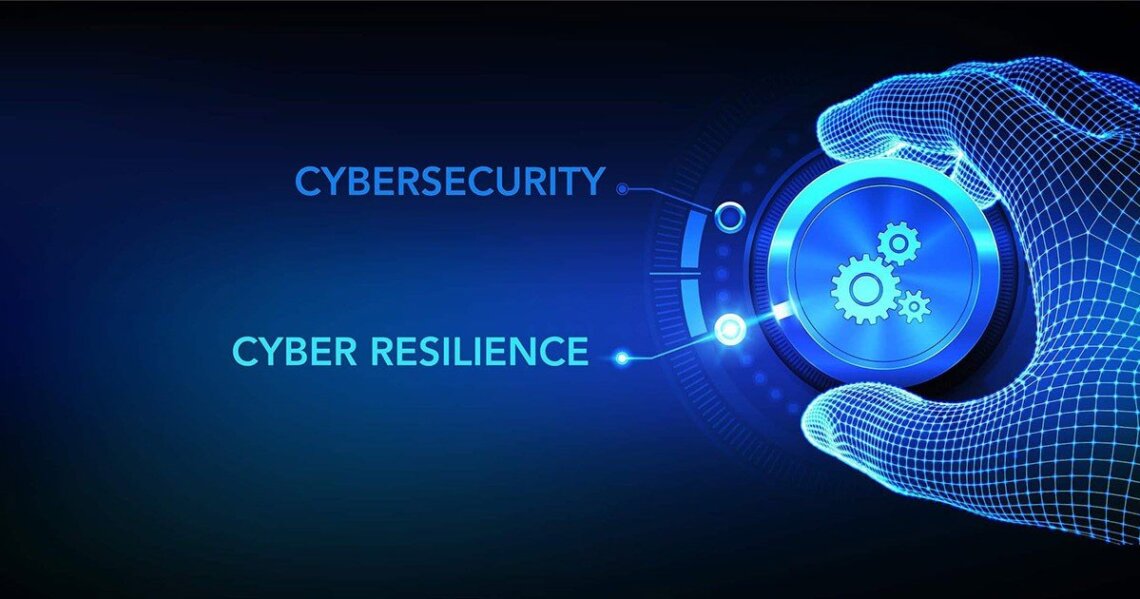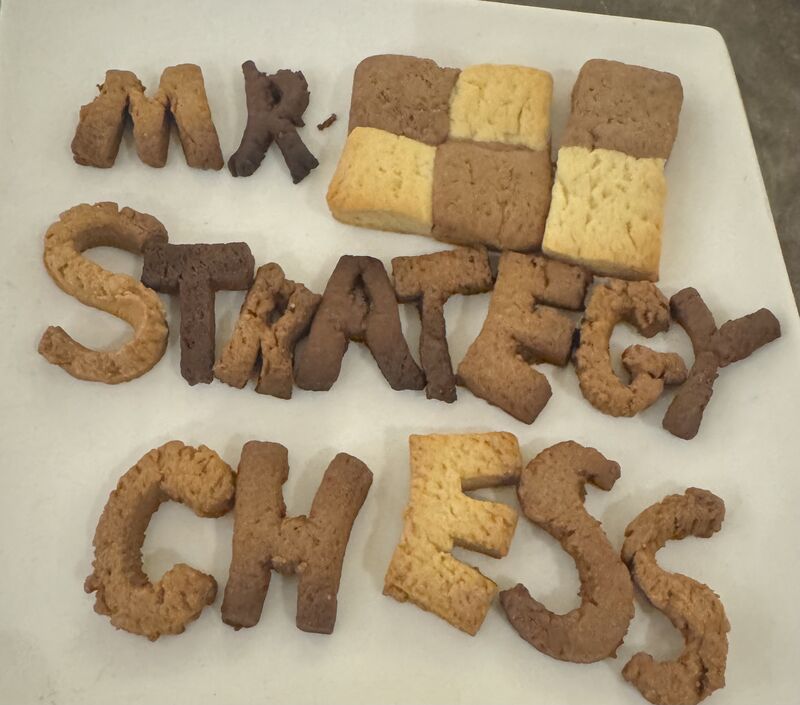Boards like to say they are collective, decisions are shared, but the truth is this: the quality of a board is capped by the quality of its chair. A ceremonial chair lowers the bar; directors grow passive. Management dominates, and regulators lose confidence. Shareholders wonder why they bother. A high-impact chair raises the bar. Directors prepare harder. Questions sharpen, debates deepen. Management knows shortcuts will be exposed. Regulators see seriousness. Shareholders see accountability. The institution becomes stronger because the chair sets the tone. This is not about charisma or charm; it is about discipline. High-impact chair design sets the rhythm…
Integrated reporting and governance accountability (IFRS S1/S2, ISSB standards)
In one boardroom I sat in, directors proudly unveiled a sustainability report, glossy covers, pictures of solar panels, happy farmers, and a CSR budget that looked generous. Then the external auditor, a man known for his unfiltered honesty, leaned forward and asked: “This is beautiful, but tell me, where is the link to your strategy? Where is the accountability chain from boardroom decisions to business performance?” Silence fell. That silence is precisely what integrated reporting under IFRS S1/S2 and ISSB standards is designed to disrupt. Most boards think ESG reporting is about compliance and good PR. Plant a few trees,…
Is your Board Chairman a crybaby?
Weak chairs hide behind committees, strong ones confront the issues. A ceremonial chair loves the optics of the gavel. While a high-impact chair understands the weight of it. The grid above is a mirror for every board. It forces one question: Does your chair orchestrate governance, or decorate it? If your board chair is a tone setter, congratulations. A winning chair frames every meeting around risk, accountability, and courage. If the boardroom conversation is not sharpened by urgency, directors drift into comfort. The true chair knows comfort is the enemy of oversight. Boundary Keeper? The finest line in governance is…
The common strategy mistakes that kill businesses
It is common to work with companies that want to “be number one in the market.” They make it their entire strategy. A big dream, no map, they build more branches, hire more staff, and advertise everywhere. However, within a short period, cash dries up. Why? They confuse growth with strategy. Like a ship adding more sails without checking if the hull has holes. Most businesses are not killed by competitors. They die by self-inflicted wounds of poor strategic thinking. Mistake one: confusing vision with execution. Leaders write grand statements on paper but never build the rhythms of delivery. Strategy…
How to build cyber resilience in a world of constant threats
At 2:00 am, a hospital I advised once went dark. Hackers had slipped ransomware into their system through a junior doctor’s personal email. Monitors froze. ICU machines stalled. The ransom note blinked: “Pay in Bitcoin.” They had invested in firewalls, yes, but no resilience plan. It was like locking the front gate while leaving the windows wide open. Patients almost paid the price. This is the tragedy of many leaders. They think cybersecurity is a one-off project. Buy software, tick the compliance box, and move on; that is not resilience, that is hope, and hope is not a strategy. Cyber…
A birthday beyond strategy
Birthdays often come with cakes, candles, and well-wishes. But this year, mine came wrapped in something more enduring: love expressed through thought, effort, and symbolism. My daughters, Lisa and Melyn, went beyond preparing a meal. They created an experience gift that spoke directly to my heart. What they gave me was not just food; it was a reminder of who I am, and more importantly, why I do what I do. They baked cookies that spelled out the words Mr. Strategy, a nickname I have earned over the years for my work in strategy, leadership, and transformation. But to see…





